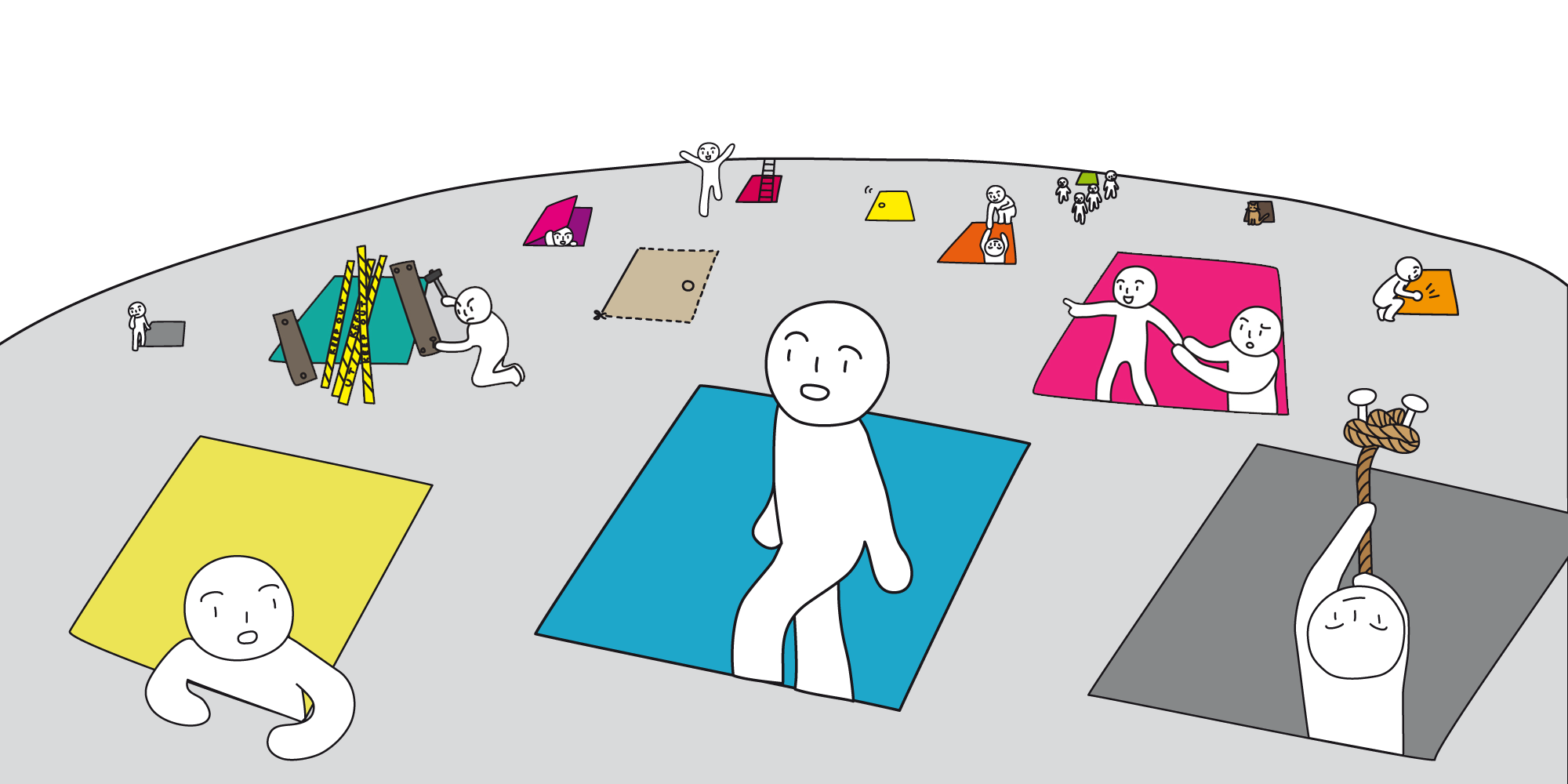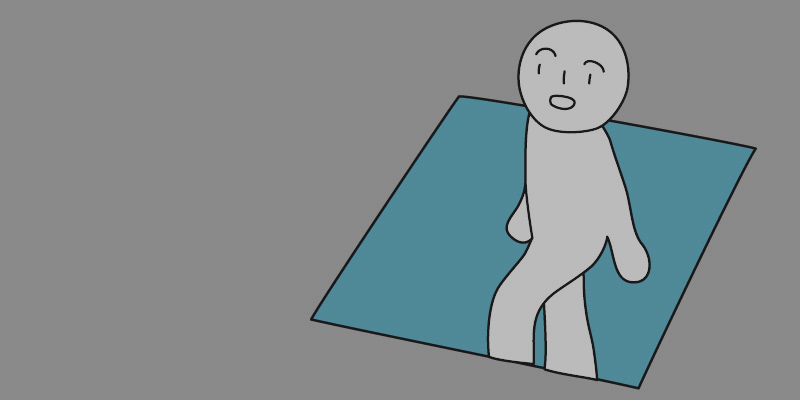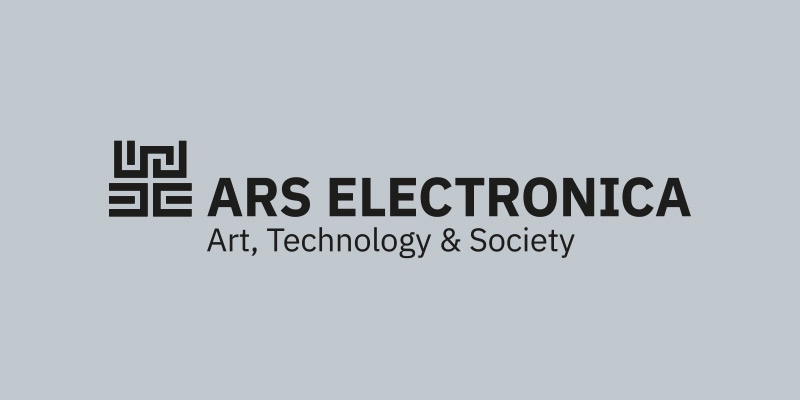Ganztags
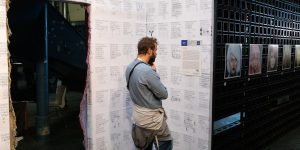
Strange Temporalities
STOCHASTIC LABS (US)
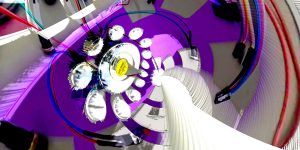
“The Messy Shape of Problems” – Past, Present and Future Perspectives of Design
Academic Design Network Austria (AT)
How can design education convey the required skills and perspectives to cope with this dramatic rise in complexity? And how do technological advances shape the future of design? Focusing on these questions, the Campus exhibition of the Academic Design Network Austria aims to epitomize the wide range of approaches characterizing the design education landscape in Austria.
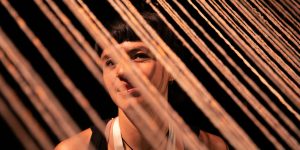
Chilean Artists at the Ars Electronica Festival
The Chilean Artists at the Ars Electronica Festival program debuted in 2018 with a successful cooperation between the Ministerio de las Culturas, las Artes y el Patrimonio, the Ministerio de Relaciones Exteriores | Gobierno de Chile and Ars Electronica.
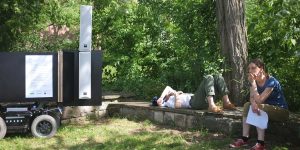
Relations – Experimental Radio Showcase
Bauhaus-Universität Weimar
In addition to the thematic exhibition "Shared Habitats," Bauhaus University, Weimar will present other projects from the departments of Experimental Radio, Media Environments, Human-Computer Interaction, and Product Design.
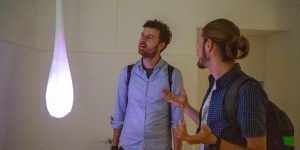
Bubbles and Clouds – Illuminated Interactive Inflatables
Kristian Gohlke (DE), Christian Wiegert (DE)
Interactive pressure-stabilized membrane structures (“Pneus”), suspended from the ceiling, discreetly illuminated from the inside. As visitors pass through the room, through touch and draughts, the objects respond. Attempts to elucidate the objects creates a dialogue of light, sound and movement. In the course of the casual interaction, the visitors become part of a performance. The boundaries between viewer and performer, space and content begin to drift – bubbles wafting in clouds.
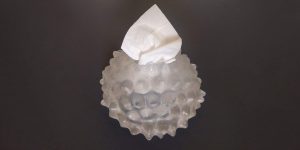
Probing the Planthroposcene: Excerpts from a Dis-service Society
Alexandra Toland (US/DE)
Can “ecosystem services” and disservices provided by plants be seen as phyto-technologies of multi-species societies? How are spaces of creative dissonance, resilience, and resistance created by outliers: pests, parasites, invasive species, and allergens? What moral agency do humans have in determining the assets and liabilities of plants during the environmental strains of the Anthropocene? These questions are explored through an assemblage of objects, images, and recordings featuring plants as protagonists in natural habitats along roadsides, probing what Natasha Myers (2016) has dubbed the “Planthroposcene.”

Artificial Light
Max Seeger (DE)
How does a neural network learn to see and how can we shape the perception of artificial intelligence? In a very experimental and fundamental manner, this project tries to study perception and recreation of light phenomena by artificial intelligence.
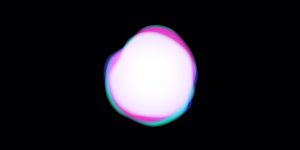
Lichtzeichen
Lars Schrodberger (DE)
Language is the key to human communication. Ever since the invention of letterpress and book printing, humans have been fascinated by type and language. However, the written language has lost its magic over the years. That’s why I want to bring back life to the magic and mysticism of type and language. In order to achieve this, I created a machine for translating and interpreting written words, texts or single letters into emotional and abstract light signals.
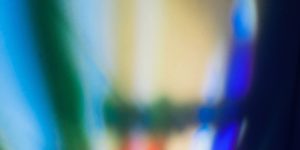
Lucifer
Kari Massey (DE)
Lucifer is a small robot, which reacts to light and gives light. If Light were a living thing, how would we encounter it? How would we communicate with each other? With 3 joints, 3 degrees of freedom, Lucifer is able to react with a wide range of motion. He addresses us with his movements. How do we react to this feedback? He brings light and he seeks light. Do we accept his offer? Or will we try to take away the light he seeks? An experimental reflection on human behavior.
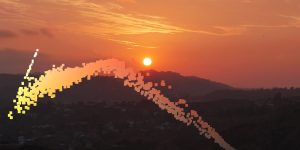
Modeling Color Spectra
Benedict Falkenstein (DE)
Each picture consists of many individual colors. Based on the RGB color space, I created a virtual reality application that shows a three-dimensional shape of the color spectrum of the image. This object can be moved and deformed by users, who can then see the changes they made to the picture. This direct link between the image and the three-dimensional color space gives the user a completely new perspective on colors and their location in the RGB color system.
